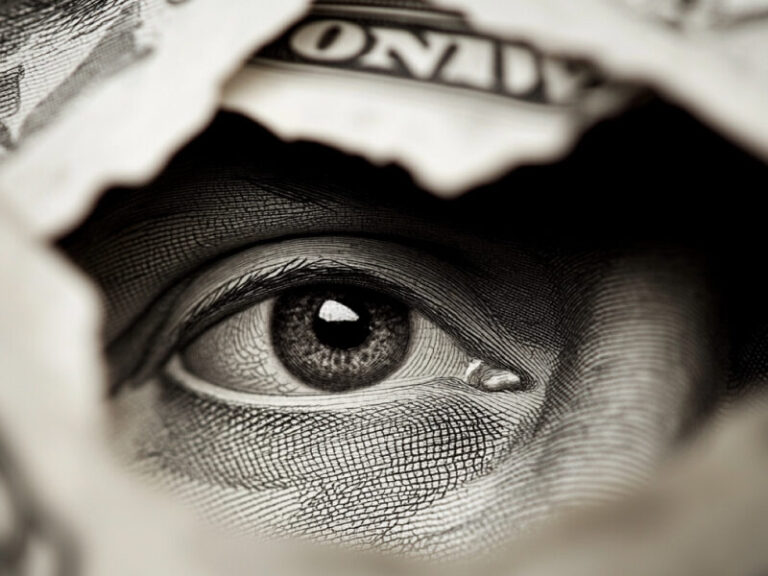
China and Russia are moving towards helping developing countries by vaccinating them with Sputnik V and Sinopharm vaccines.
Chinese companies have agreed to manufacture over 260 million doses of Russia’s Sputnik V alongside China’s Sinopharm vaccine in the past few months.
With the rapid increase in COVID-19 cases and deaths, several vaccines have been developed by different scientific research organizations and institutes globally.
A couple of days ago, the World Health Organization (WHO) granted emergency approval for the Sinopharm vaccine, which a Chinese state-owned company developed.
Right after the WHO approved the Sinopharm Chinese coronavirus vaccine, Sri Lanka immediately started administering it to the local population.
Hence, getting credible information about the vaccine is of utmost importance.
Origin of Sinopharm vaccine
With the limited data released worldwide, Chinese vaccines were always suspected for their reliability and effectiveness.
However, the vaccine created by the China National Pharmaceutical Group (Sinopharm) was the first domestic vaccine to receive general approval from China to administer against COVID–19. Sinopharm vaccine received its local approval in December 2020, and it was given to millions of people in China and some other countries, such as UAE, Bahrain, Pakistan, and Hungary, even before WHO approved it.
Efficacy of the jab
The Sinopharm vaccine has an efficacy rate of 79% for symptomatic and hospitalized cases. A declared efficacy rate of 79% was based on the interim data of phase three trials.
The vaccine comes in two doses and is recommended for people 18 and older. However, the WHO noticed fewer elderly people over 60 were included in the clinical trials.
Hence, the vaccine’s efficacy rate for elderly people is uncertain and cannot be declared based on the clinical trial data. Anyway, there is no clear evidence that the vaccine has no efficacy in terms of elderly people as such.
How Does the Sinopharm vaccine work?
Sinopharm vaccine was developed more traditionally than mRNA vaccines such as BioNtech/Pfizer and Moderna.
Sinopharm is an inactivated vaccine that uses killed viral particles to expose the immune system to the virus without risking a serious disease response.
This vaccine destroys the disease-carrying virus using heat, chemicals, or radiation.
According to WHO, these vaccines take longer and may require two or three injections.
This is similar to the Covaxin developed by Bharat Biotech India (BBIL) in collaboration with the National Institute of Virology (NIV).
Why did the WHO approve the Sinopharm vaccine?
Chinese Sinopharm is the first non-western COVID–19 vaccine to be approved by WHO and the fifth vaccine.
So far, WHO has only approved the vaccines developed by Pfizer, AstraZeneca, Johnson & Johnson, and Moderna.
It is essential to know the WHO’s reason for granting emergency approval to Sinopharm, whereas the Russian vaccine Sputnik V is still under assessment.
Recently, the WHO confirmed that it had validated the safety, efficacy, and quality of the Sinopharm vaccine for use as a COVID-19 vaccine and gave it emergency approval.
Not only that, but WHO believes that approving the Chinese vaccine will boost the access to COVID–19 vaccines for countries keen to protect health workers and population segments at risk.
According to WHO, the Sinopharm vaccine’s easy storage requirement has been identified as one of the main advantages of using it in low-resource settings in developing countries.
Chinese Sinopharm vaccine can be stored in a standard refrigerator at 2-8 degrees Celsius, the same as the AstraZeneca vaccine.
With the recent WHO approval, Sinopharm is expected to be used for the Covax program, which provides vaccines for low and middle-income countries.
As India has stopped exporting its COVID-19 vaccines under the Covax program since mid-March due to meeting its domestic requirements, WHO approval for the Chinese vaccine will be an excellent relief for developing countries.
Final Verdict
The Chinese Sinopharm vaccine seems to have it all: WHO approval, the ability to be used in low-resource settings, and a decent efficacy rate of 79%, which is higher than the efficacy rate of AstraZeneca (76%).
However, it should not be neglected that not many elderly people (60 and above) were tested in Sinopharm’s clinical trials, which depicts a grey area regarding whether the Sinopharm vaccine is safe to administer to an elderly person.
Sri Lanka, one of the fastest-aging countries in South Asia, has a population of more than 12.4% elderly, so we should be more cautious when administering COVID-19 vaccines to senior citizens.
Another uncertainty arises from a statement made by China’s top disease control official last April 2021. He stated that the efficacy of China’s vaccines was low.
However, he later noted that his statement about vaccine efficacy was misinterpreted.
Hence, given the discussed pros and cons of the Chinese vaccine, it is fair to say, “Use it at your own risk.” Are you taking the vaccine?
Let us know on our social media channels; we are happy to know and will respond to all comments. Be Safe!









